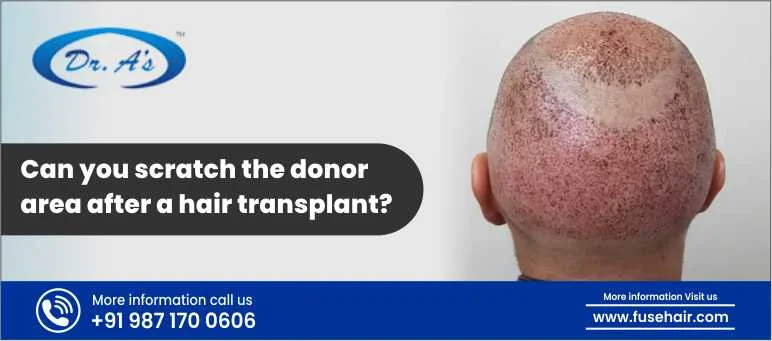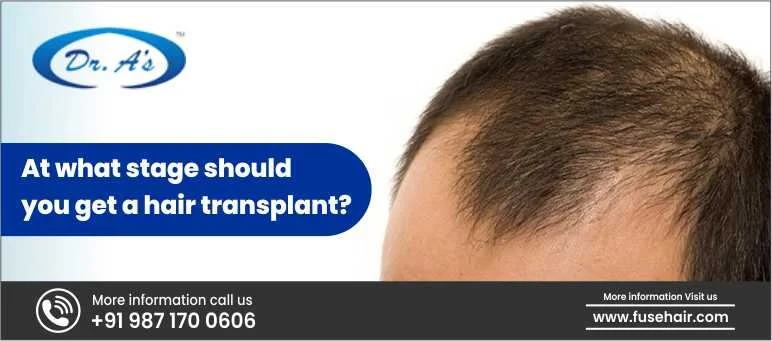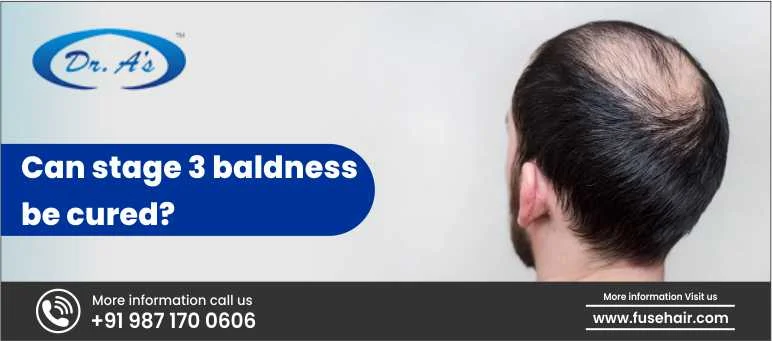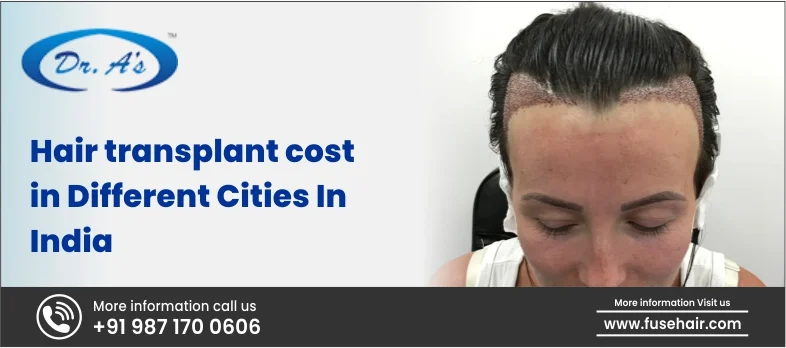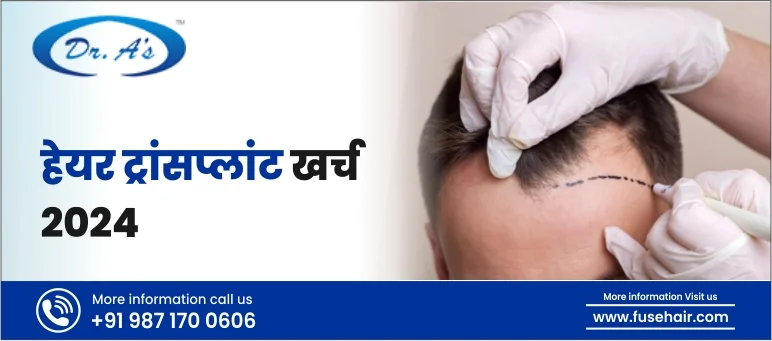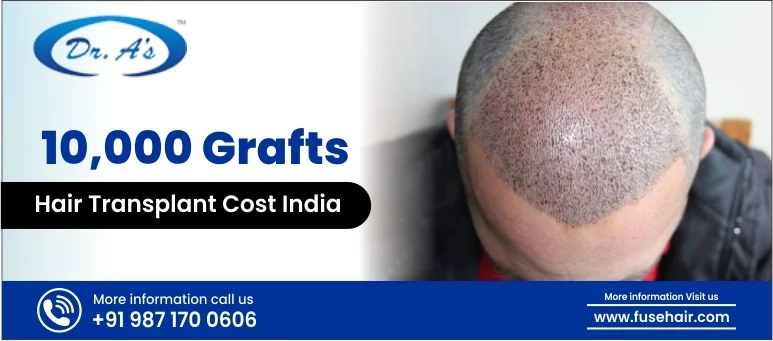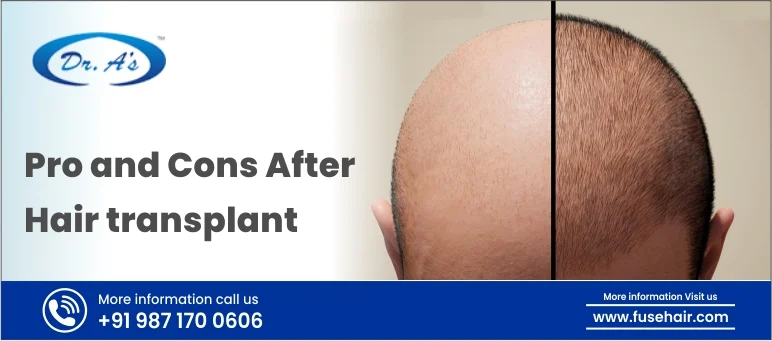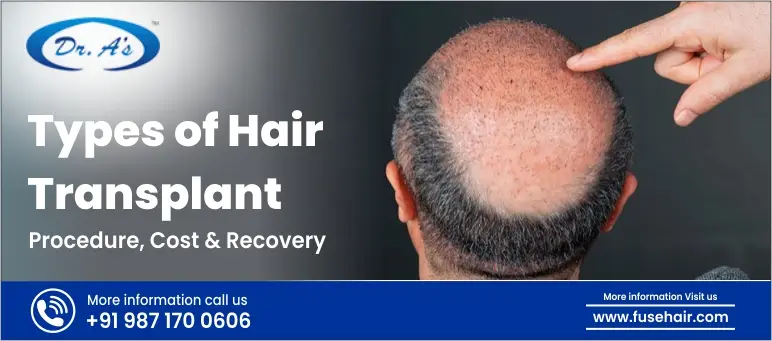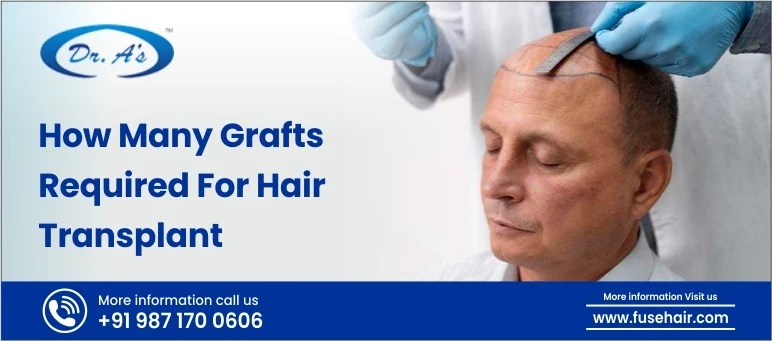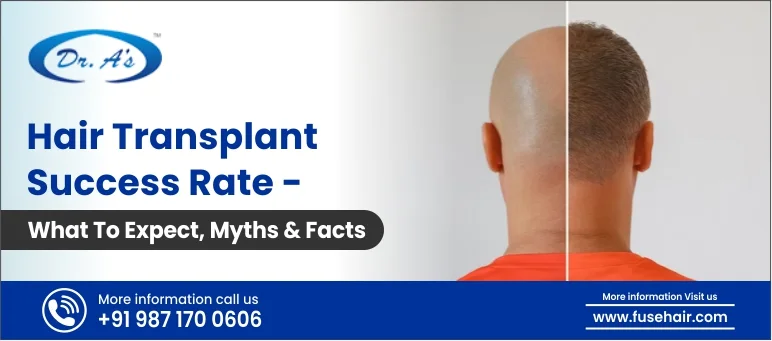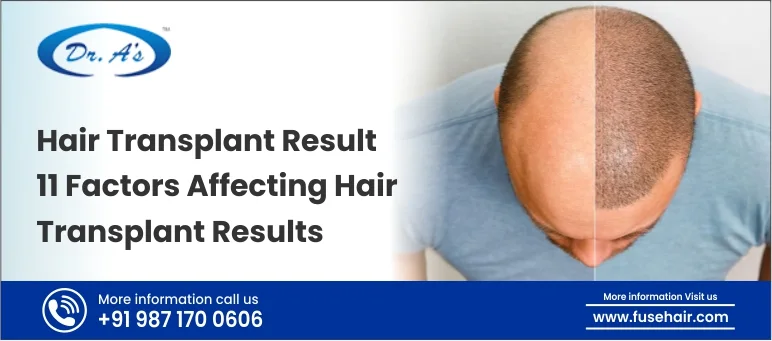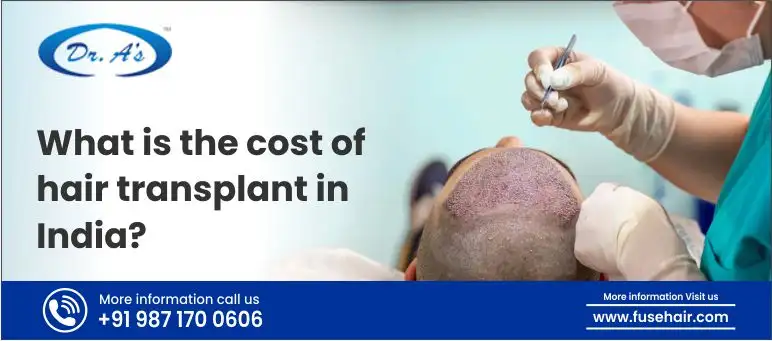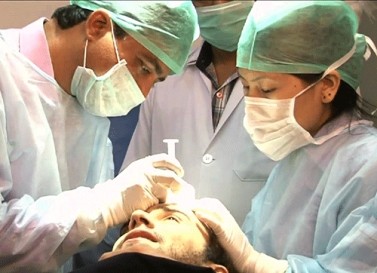
Experiencing thinning of hair is an emotional toll. It’s not merely the loss of hair but the loss of autonomy and confidence that goes along with it. When you begin to research your options, the treatment of hair loss can be somewhat overwhelming with lots of complicated vocabulary and promises of improvement.
The best treatment is not the best treatment; it is the right treatment combination for you. The process of regrowing hair is very much reliant on your specific type of loss, the extent of the loss, and what you want to achieve.
Medical Solutions
When you first notice thinning, your doctor will almost definitely be recommending two central topical medications. Think of these two medications as the backbone of any successful long-term plan – the necessary first step toward hitting the brakes on hair loss.
Minoxidil (Topical)
Minoxidil, most commonly sold as Rogaine, is the best-known over-the-counter topical medication used for men and women.
Imagine you have hair follicles that are, essentially, a plant with no water or sun on it. Consider Minoxidil as a modified watering and fertilisation system for your scalp. It is a vasodilator that dilates small capillaries to promote the delivery of a healthy supply of oxygen and nutrients to your hair roots. The vasodilation effect will awaken the dormant follicles and retain the hair in the growth phase for a longer period.
It’s a long-term project. To get desired results you have to maintain consistency. You have to apply it consistently, sometimes two times a day, to see results. Minoxidil isn’t going to bring back the full, thick head of hair that you may have lost years ago, but it is great for preserving what you have and thickening and strengthening those weak, little hairs. As such, it is the most common drug treatment starting point.
Finasteride (Oral)
Finasteride, commonly sold by the brand name Propecia, is a strong prescribed pill for men. It is the only drug that has been approved by the FDA. It works as a charm to treat the hidden cause of male-pattern baldness in most cases.
DHT (Dihydrotestosterone) hormone causes male-pattern baldness by attacking vulnerable follicles and forcing them to shrink and, eventually, die. Finasteride acts as a protective barrier that greatly reduces the amount of DHT that your body makes.
Non-Surgical Clinical Therapies
After exploring all the medical options, if you are not satisfied, you can try in-clinic hair loss treatment to get better results. The following options are hair regrowth treatments in Delhi.
Platelet-Rich Plasma (PRP) Therapy
In this treatment, the body’s own natural healing ability is used. A small amount of your blood is taken and concentrated using a machine (a centrifuge) to separate the small healing agents known as platelets and that plasma is injected back into the scalp. You might think of this as delivering a very powerful cocktail of growth factors right into the hair follicles, where they need it most.
A series of sessions is typically needed, with treatment costs between ₹4,500 and ₹25,000 per session in Delhi, but many patients feel it really helps the thickness and health of their hair, especially when used with Minoxidil and Finasteride.
Low-Level Laser Therapy (LLLT)
In this process, you put on a special helmet or toggle with a comb that emits a specific wavelength of light. The light energy is purported to be absorbed into the follicular cells, stimulating them to increase activity and growth.
Hair Transplant Surgery
If you have any sections on the scalp that have been totally bald for a long time and have not responded to medications, that is because the follicles are gone. This is the time when hair transplant surgery in India becomes the ultimate option to restore a permanent hairline and density.
Follicular Unit Extraction (FUE)
FUE is the modern hair transplant surgery in India, which is a great and innovative procedure that comes with natural-looking and long-lasting results.
In this method, the surgeon plays the role of a skilled gardener, removing individual, healthy hair root groupings (grafts) from the back of your head (the ‘donor area’ – which is not prone to balding) and painstakingly replanting them one-by-one into the thinning areas.
FUE is selected specifically because it is minimally invasive, and produces no visible linear scarring – just tiny, almost invisible dots. In India (and especially in cities like Delhi), expectations for quality are often world-class, and the surgery is much more affordable. FUE hair transplant cost in India depends on the number of grafts that are required. The basic cost is around ₹50,000 and goes up to ₹1,50,000 or more, depending upon the number of grafts required.
Final Thoughts
In the end, discovering the “best” treatment is about developing a personalised action plan. First and foremost, get an expert opinion. This journey begins with an experienced dermatologist or trichologist to confirm the cause of your hair loss. Then from your end what is needed is patience as it takes a long time for hair to grow.


















































